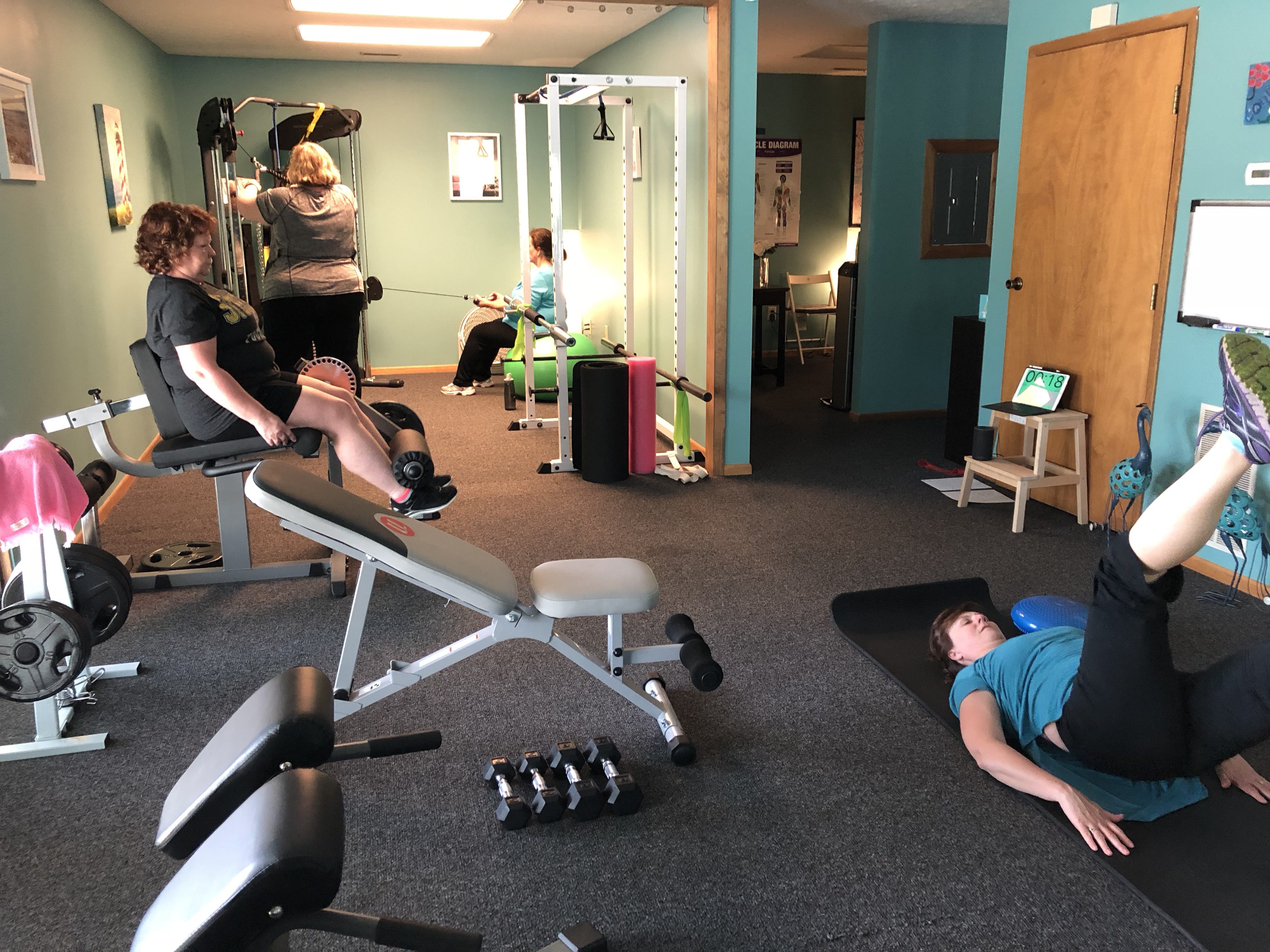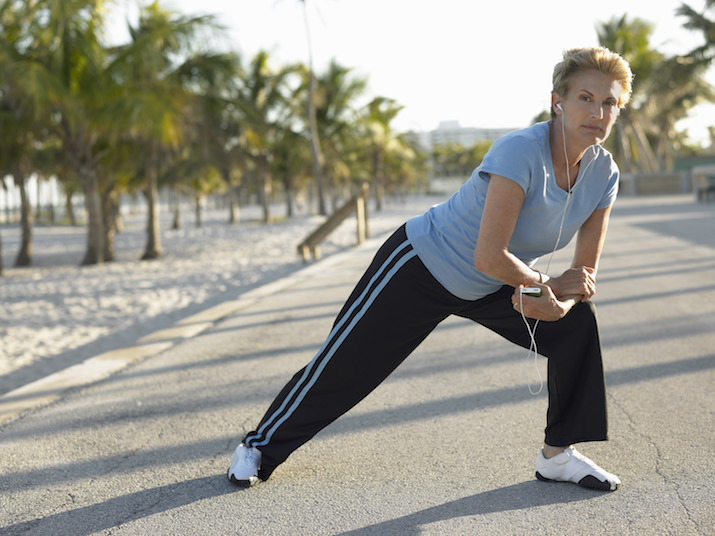1. Find something that works for you
There is something out there for all women. It may not be the first (or the second, third, or even fourth) thing you try. Don’t give up – your health is important. Don’t settle – if you don’t enjoy the workout, the chances that you will continue to do it are slim.
2. Find a trainer that works with women over 40
Women over 40 have different fitness needs than a 25-year old woman. Consider this an investment in your health.
3. Weight train
It can protect bones and help prevent loss of bone density.
4. You are never too old to start.
If you’ve never lifted a weight in your life, that’s okay. Everyone has to start somewhere. Refer to #2 on this list.
5. Fuel your body properly
Don’t skip meals. Eat before your workout so you have the energy to exercise. Eat within 30-60 minutes after your workout to refuel and help build those muscles.
6. Hydrate properly
This may seem like a no-brainer, but there are plenty of women that aren’t hydrating properly. Keep a bottle of water with you all day and sip on it often. Water intake requirements vary from person to person. The easiest way to remember how much you need is this: 8 cups of 8 ounces of water.
7. Wear proper footwear for exercise
If you are unsure what this means, visit your local running/walking shoe store. The employees at these stores are trained to evaluate your gait and put you in the shoe that will best support your body while you are exercising. This is key to help make sure your body is in proper alignment and to help avoid a potential injury.
8. Get your cardio in!
The current recommendation from the American Heart Association is 30 minutes of moderate aerobic activity 5 days/week.
9. Monitor your heart rate while exercising, especially during cardiovascular exercise
This is important to help make sure you are working hard enough (in the right zone) to get the benefit of cardio exercise, but not too hard. If you are interested in learning more about this, email me.
10. Get a workout buddy
Make a “date” to exercise just like you would for any other activity. Sign up for personal training, take a spinning class, or hike at one of the local metro parks. You are less likely to skip a workout when someone else is depending on you.
11. Include your doctor in your fitness plans
Make sure you are cleared for exercise. Don’t hesitate to reach out if something hurts. Some aches are normal during and after working out, but ongoing or sharp pain is not normal. It is much better to be safe than sorry.
12. Don’t let past injuries or chronic conditions hold you back
We work with clients of all fitness levels. Some of these women have autoimmune diseases, knee/hip replacements, and fibromyalgia. Many of these conditions can be improved by exercising regularly.





